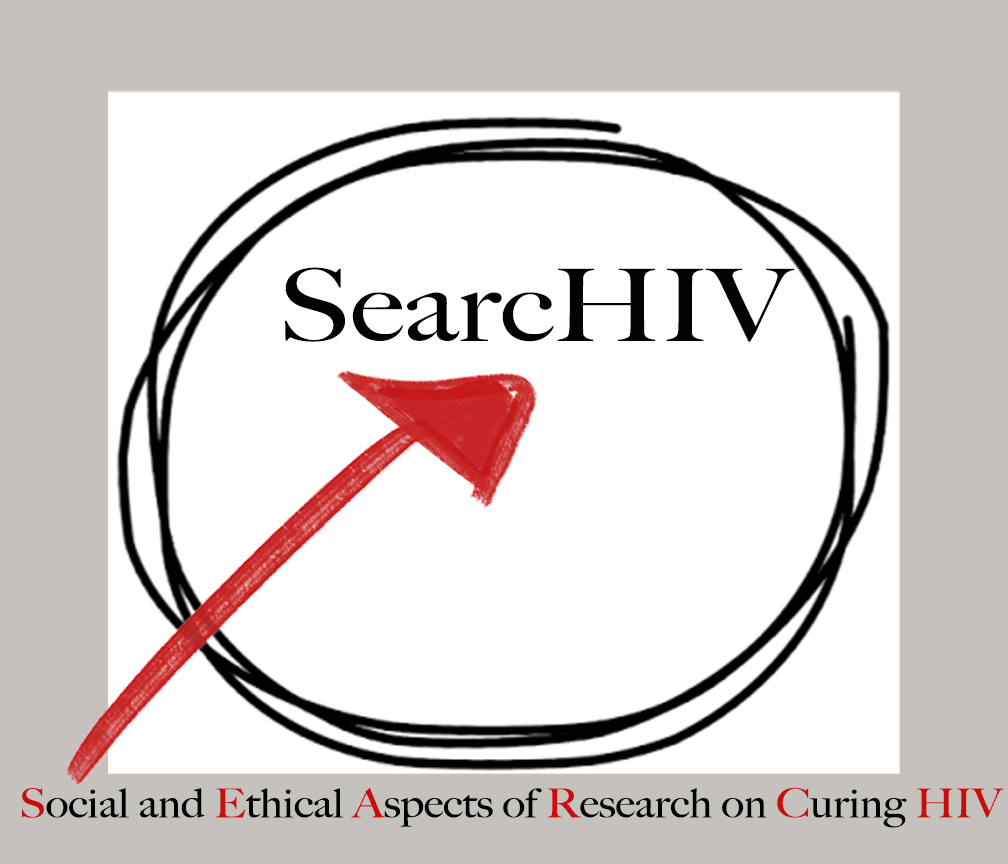
Timothy Ray Brown, the first person considered to be cured of HIV, was first known as The Berlin Patient, named for the German city where he first received life saving and possible curative HIV treatments. Timothy Ray Brown now appears to be completely free of infectious HIV: his immune system functions normally, it is presumed he is unable to transmit the virus, and he has remained off of HIV medications for 7 years. For a while, he was joined by two other patients collectively known as “The Boston Patients,” who for months after similar treatments also appeared to be cured. Although these hopes were later found to be premature when the virus rebounded, the differences and similarities between Timothy Ray Brown and the Boston Patients have guided future cure research.
In both cases the primary goal was to treat the patients’ blood cancer, with any impact on their HIV seen as an added bonus. Timothy Ray Brown was diagnosed with leukemia, a disease that accumulates abnormal immune cells in the bone marrow. The Boston patients were diagnosed with lymphoma, a blood cancer affecting another type of immune cells that accumulates in the body’s lymphatic system. Both blood cancers can be cured through hematopoietic stem cell transplantations (bone marrow transplants), a procedure that replaces the patients’ cancer cells with another persons’ healthy cells.
The most obvious difference between the two cases besides the ultimate outcome of their HIV status is who the patients received donated stem cells from. After a long search, a volunteer that was naturally resistant to HIV and was a suitable match for the Timothy Ray Brown was found. This volunteer had two genetic copies of a mutation in a protein on the outside of CD4 immune cells (CCR5). The virus uses this protein to latch onto immune cells it is going to infect, meaning if this protein is mutated the virus will have a much harder time attacking the immune system. For the Boston Patients, however, the donors were from people with normal proteins, making them susceptible to HIV.
However, despite receiving a stem cell transplant from an HIV susceptible donor, the Boston patients remained virus free off antiretroviral therapy, one for 12 weeks and the other for 32 weeks. During this time, it seemed possible that even a non-HIV resistant bone marrow transplant could cure HIV by simultaneously replacing the patients’ cancerous cells and HIV infected cells with those of the healthy uninfected donor. When the Boston patients did rebound, their signs, symptoms, and tests were similar to that of someone who had newly acquired the virus, which in a sense, their immune system had.
Many researchers believe that a potentially more important difference between Timothy Ray Brown and the Boston Patients is how much the new donor immune system was allowed to attack the old HIV-infected immune system. The Berlin patient had very significant graft versus host disease, a potentially lethal side effect of bone marrow transplants where the donated stem cells grow into an immune system that attacks the transplant recipient. This aggressive attack by the donated immune system may be what killed all of the old HIV containing immune cells. The Boston patients, however, received immunosuppressants, protecting their bodies from the donor immune system but also protecting their HIV-infected cells.
It is impossible to say why exactly the Timothy Ray Brown still appears to be in remission 7 years after treatment, yet HIV returned in the Boston patients after only a couple of months off of antiviral therapy. While every effort should be taken to cure HIV when possible, it is important to remember that bone marrow transplants for curing HIV are impractical and unethical for HIV patients that do not have concurrent blood cancers. Because modern anti viral medications are safe and effective, it is hard to justify risky bone marrow transplants to cure what has become a manageable disease.
The differences between Timothy Ray Brown and the Boston Patients provide valuable insight into how a more practical HIV cure could be achieved. The fact that HIV was able to return in the Boston Patients after appearing to be absent indicates that that virus is able to hide within the patient’s body for a long time, avoiding antiviral medications and protective immune cells. Cutting-edge HIV cure research is now investigating techniques to force HIV out of hiding. Current antiviral regimens are excellent at stopping HIV while in the bloodstream, but to cure HIV, novel techniques that can chase HIV out of hiding will need to be developed.

